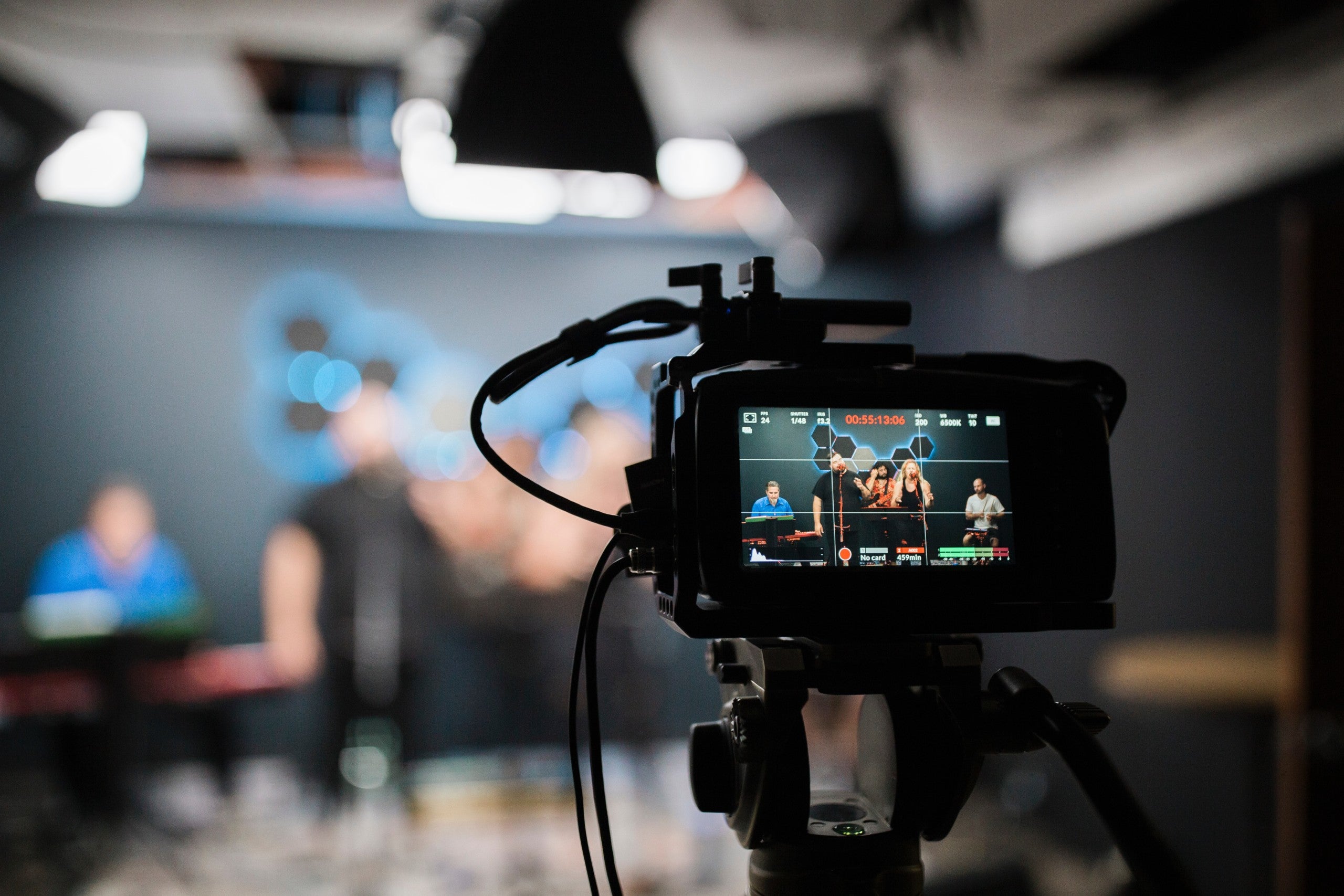John Ad - Jan 01 2024
Livestreaming is the Future of E-Commerce

The Future of Shopping is Live! The future of shopping is digital focused; something that has become increasingly evident; but recently this evolution has gone one step further: live-streamed commerce. In 2021, the Chinese live-streaming market generated $352 billion dollars worth of retail revenue (Johnson, 2023). The scope of live-commerce spans beyond China’s borders; established businesses have begun experimenting with platforms like – Amazon Live; with celebrities like Jessica Alba - who recently leveraged live-streaming as a way to promote her Honest Beauty brand (Johnson, 2023). PopShop Live is a startup that raised billions of dollars of funding, with the goal of empowering merchants to leverage live-streaming to increase sales and build an online community (like Etsy) (Johnson, 2023). It has become increasingly obvious: live-streamed shopping is the next ‘big thing’ for retail and will be set to change how consumers buy
A Brief History
China debuted the world’s first live-streamed shopping events with the creation of Alibaba’s Taobao Live in May 2016 (McKinsey, 2021). Alibaba’s unique event allowed for people to be entertained and enticed to spend money at the same time. Live commerce proved to be increasingly popular, and a fixture for Taobao’s ‘Single’s Day’ shopping event; in 2020; a 30-minute pre-sale campaign (driven by live commerce) generated $7.5 billion USD in transactions. It quickly became clear for Alibaba that live-commerce was the next stage in the evolution of digital commerce. Live retail has become increasingly popular as a major sales channel; in a survey conducted in 2020 around ⅔ of respondents admitted to having purchased 1 product through a livestream (McKinsey, 2021).
Live-Streamed Commerce = Faster Conversion
A major reason live commerce has become value creators is broken down into 2: faster conversion times and improved brand appeal (McKinsey, 2021). Live commerce allows for potential customers to view, in real time, products and services being fleshed out. There are also time-limited tactics (discount coupons limited to stream-goers) which act as effective call-to-action (CTA). Companies that have deployed live-commerce have reported higher-than-usual conversion rates; with some conversion rates touching 30% – which is up to 10x higher than that of conventional e-commerce.
Additionally, improved brand appeal and distinctiveness refers to the ways Recent efforts accelerated by TikTok has slowly pushed live commerce to more mainstream levels beyond the Chinese Market; according to Arielle Feger’s article (2024), U.S livestreaming sales could reach roughly 5% of total ecommerce sales in the United States by 2026 amounting to $50 billion dollars worth of transactions. Feger (2024) mentioned that although less than 15% of U.S consumers have made transactions from a live-shopping stream; many more U.S consumers are looking into live-stream channels for commerce. In addition, a growing retail segment (Gen Zer’s) are increasingly looking into purchasing something on a live shopping stream.

Getting Started with Live Commerce
B2B and D2C brands looking to capitalize on this new market opportunity have a couple of different ways to get started. The first being finding the right built-in live streaming platform. Viral-short video platform, TikTok, is currently competing with Amazon Live through TikTok Shop (Wong, 2023). Other platforms like TalkShopLive have also enabled brands and creators alike to go live – pretty much from anywhere and sell products.
Additionally brands looking to seriously leverage live-selling also have to take into account a few factors: customers act on perceived product scarcity (Goldberg 2023). An auction-themed selling-stream generally converts quite well as it pushes potential buyers to act quickly. Chinese live-commerce sellers have long benefitted from similar tactics, secondly live-commerce also humanizes a brand and enhances its relevance/relatability. Although, an important area of consideration: Chinese live-streaming brands tend to receive more success because there are simply less places/platforms to sell online. Most brands simply default to Alibaba/Kuaishou/Taobao and other platforms to sell (Goldberg, 2023).This is in contrast to the United States, where most brands have their own websites.
Beyond choosing the right platform to sell live; one needs to have the right equipment in place. Having a successful home office setup or a studio setup is critical: having a durable microphone boom arm; that is flexible and able to deliver an optimal microphone placement is important for communicating with audiences effectively. In addition, having a dynamic microphone that can plug into one’s desktop/laptop device is crucial. This includes having a Dynamic Microphone USB/XLR that can not only block out unwanted noise; but allow live-sellers to record/stream and product content with extreme clarity. A successful live-streaming commerce event is dependent not only on the platform: but on the equipment provided. Notably, I-XTech is currently offering 3-day shipping on orders for $50 or more; check it out here.
References:
https://www.statista.com/statistics/1276120/livestream-e-commerce-sales-united-states/
https://www.mckinsey.com/capabilities/mckinsey-digital/our-insights/its-showtime-how-live-commerce-is-transforming-the-shopping-experience
https://emarketer.com/content/what-brands-need-know-about-livestream-ecommerce
https://www.wsj.com/tech/will-livestreaming-be-tiktoks-amazon-killer-afa9a0e6
https://www.weareamnet.com/blog/is-live-stream-e-commerce-the-next-big-thing-for-us-retail/
https://www.forbes.com/sites/jasongoldberg/2023/02/10/is-live-streaming-commerce-living-up-to-its-hype-in-the-us/
Include a variety of different forms of content. Photographs and videos are particularly important because readers tend to be visual and want to see your product in action.


Article credit: Heidi Cohen (https://heidicohen.com/use-blog-to-sell/)




